Teaching Job Cover Letter Template for a Strong Application
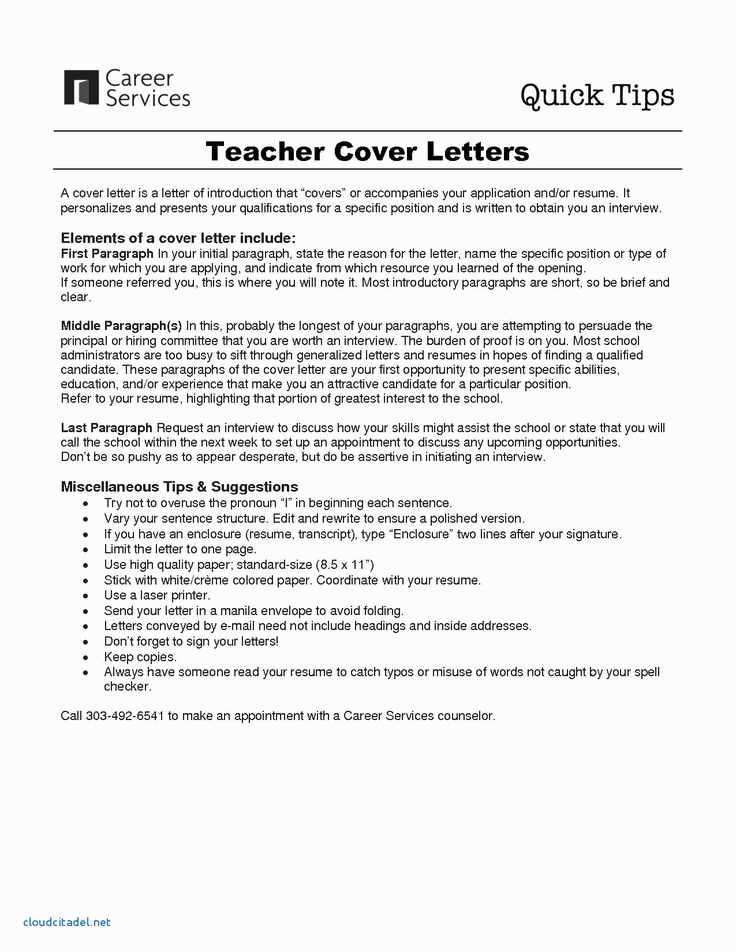
Creating a compelling introduction is essential for standing out in the competitive field of education. Crafting a document that clearly presents your skills, passion, and suitability for the role is key to catching the hiring manager’s attention. This document should demonstrate your qualifications, enthusiasm, and why you are the perfect fit for the institution.
Key Elements to Include
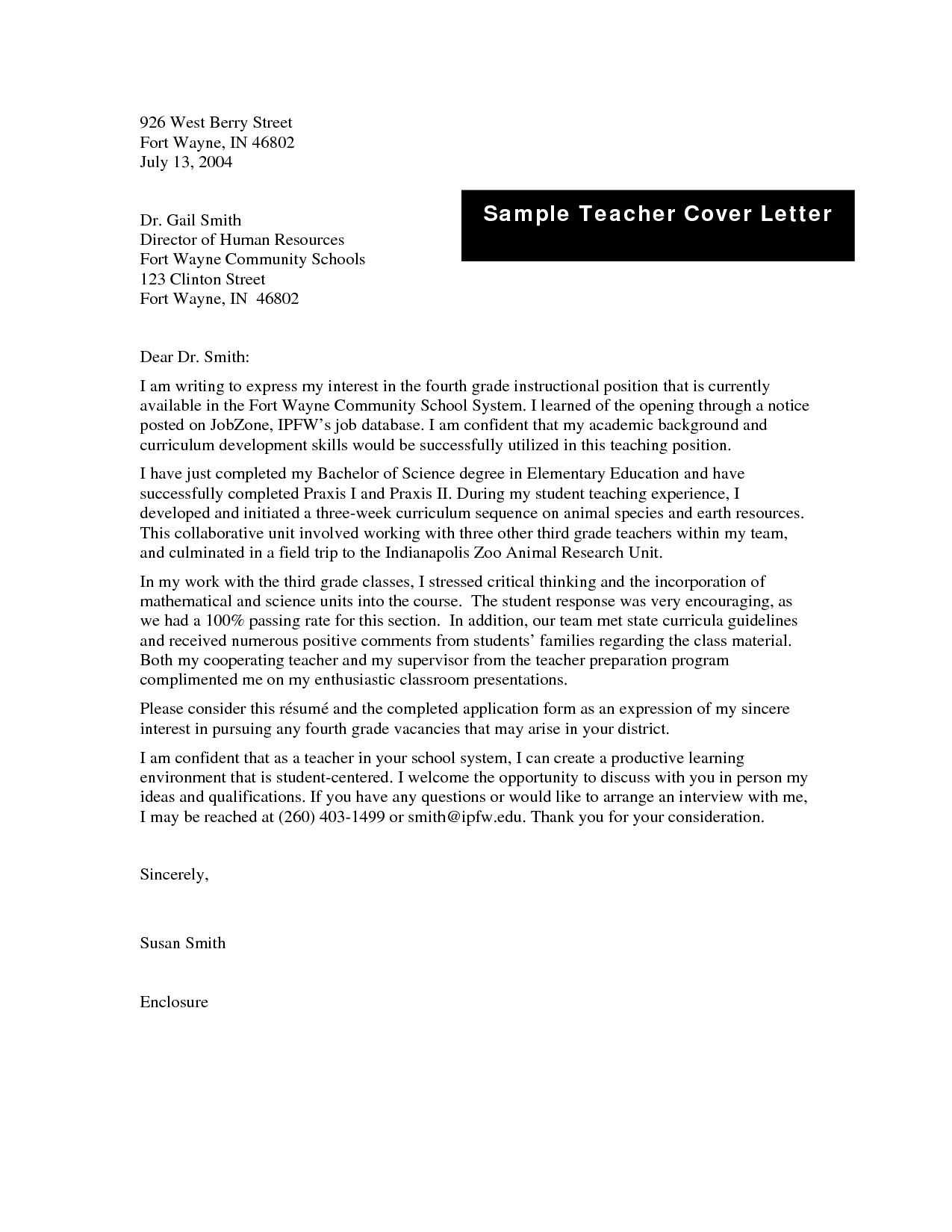
Ensure that your application includes the following key points:
- Professional Experience: Highlight your relevant background and achievements in the field.
- Passion for Education: Show your commitment to student success and how you’ve contributed to previous learning environments.
- Understanding of the Institution: Demonstrate that you’ve researched the school or organization and understand its values.
How to Craft a Strong Opening
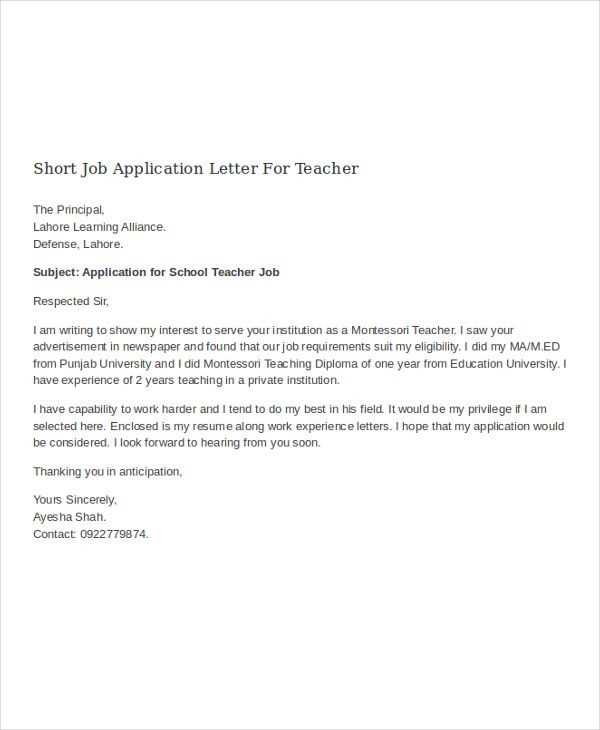
Your opening should grab attention and immediately communicate your enthusiasm for the role. Start with a statement about your passion for teaching and the specific skills you bring to the position. A strong opening connects your qualifications to the needs of the institution.
Avoiding Common Pitfalls
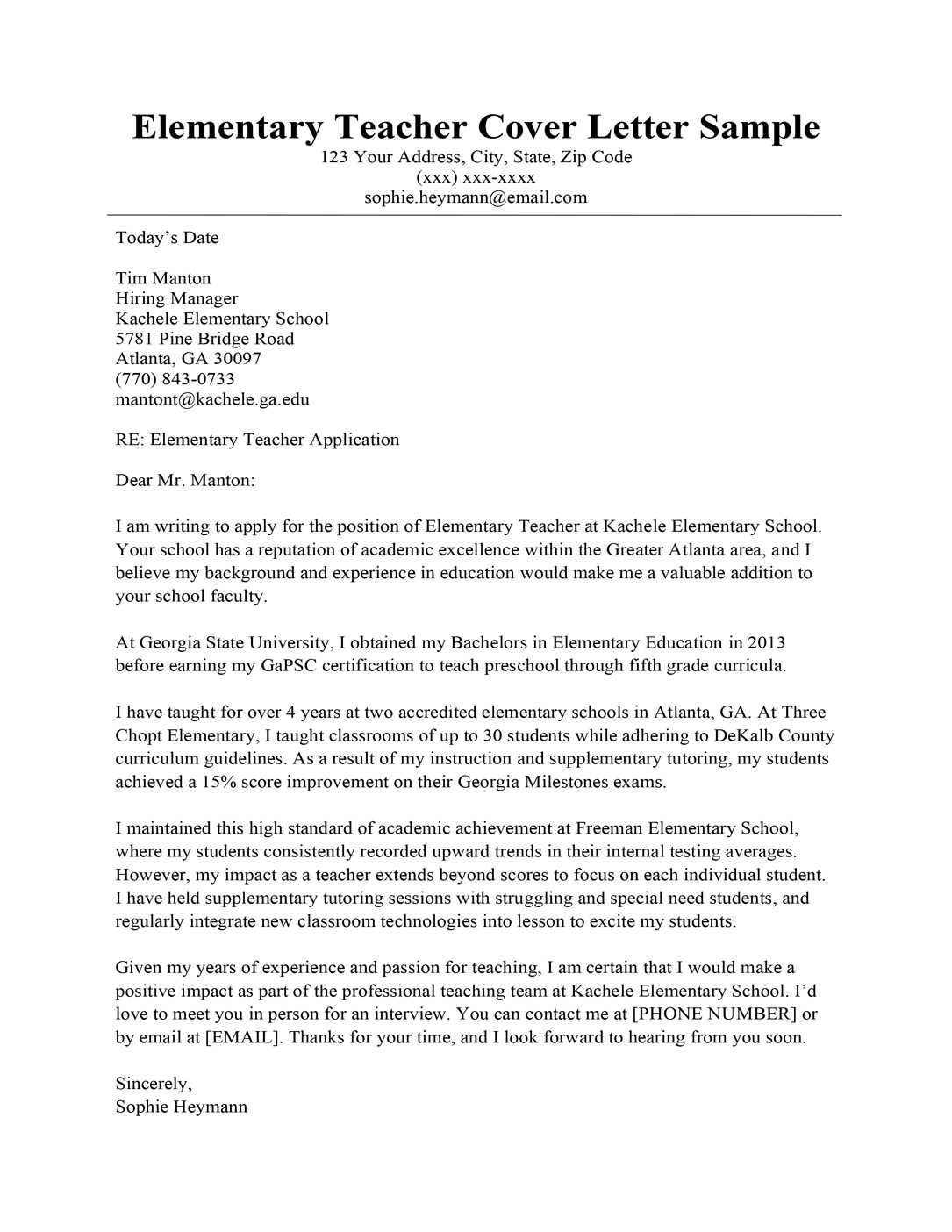
While it’s essential to showcase your strengths, be careful not to overstate or misrepresent your experience. Avoid generic phrases that don’t provide specific insight into your abilities. Keep the tone professional and sincere.
Final Thoughts
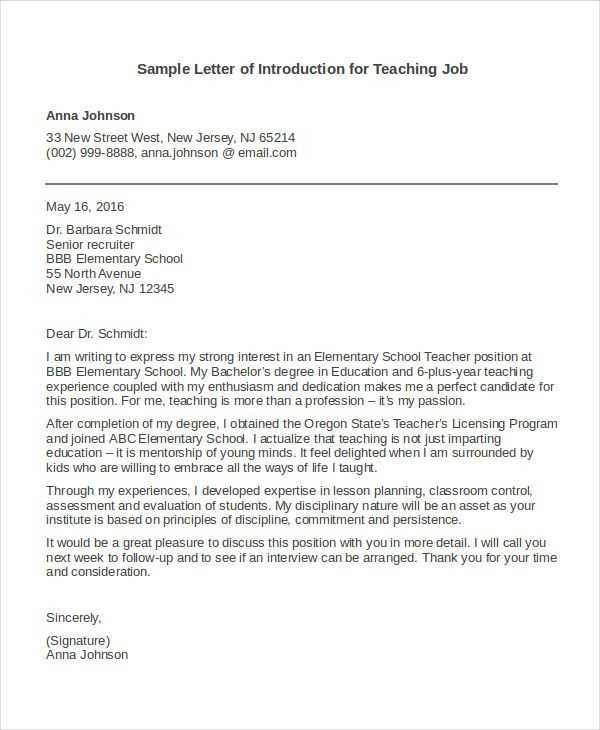
Creating a well-crafted application is your first step toward securing a position in education. By focusing on your experience, passion, and suitability for the role, you increase your chances of making a memorable impression. Remember, a clear, focused, and personalized application will always stand out more than a generic one.
How to Structure an Educator’s Application
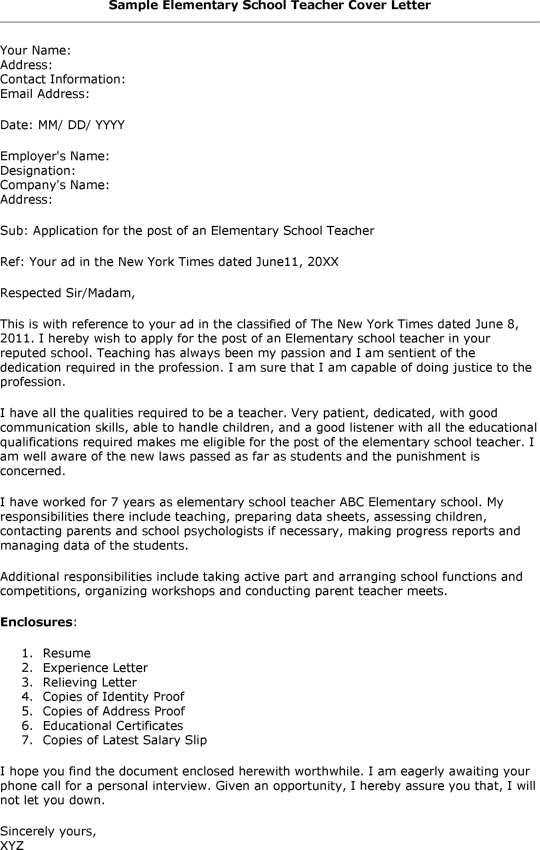
When applying for a position in education, it’s important to present a clear, concise, and compelling application. The structure of this document plays a crucial role in making a strong first impression. A well-organized approach allows you to effectively communicate your qualifications and experience while aligning with the institution’s needs.
Key Elements of an Effective Application
Your application should include several critical elements to make an impact. Begin with a brief introduction that highlights your enthusiasm and interest in the role. Next, provide a summary of your professional experience, focusing on achievements and responsibilities relevant to the role. Conclude by emphasizing how your skills align with the institution’s values and goals.
Tips for Crafting a Personalized Application
Personalization is key to standing out. Tailor your document to the specific role and institution, demonstrating that you understand their mission and values. Address the needs of the school or organization and explain how your skills can contribute to their success. A personalized approach shows genuine interest and effort.
Common Errors to Avoid
Many applicants make the mistake of using generic language or overly formal phrasing. Avoid clichés or templates that don’t reflect your unique qualifications. Ensure that your document is free of spelling and grammatical errors, as attention to detail is essential in this field. Additionally, don’t make it overly long; keep it focused and relevant to the position.
How to Showcase Your Skills
When presenting your abilities, provide specific examples of how you’ve successfully applied your expertise in previous environments. Highlight any methods or techniques you’ve used that have led to positive outcomes. It’s important to show not just your qualifications but the real impact of your work.
Formatting a Professional Application
The formatting of your application plays an essential role in its professionalism. Use a clear, easy-to-read font and ensure your document is well-organized with appropriate spacing. Keep paragraphs short and to the point, and use headings to break up the content for clarity. A well-formatted document creates a positive impression of your attention to detail and organization.